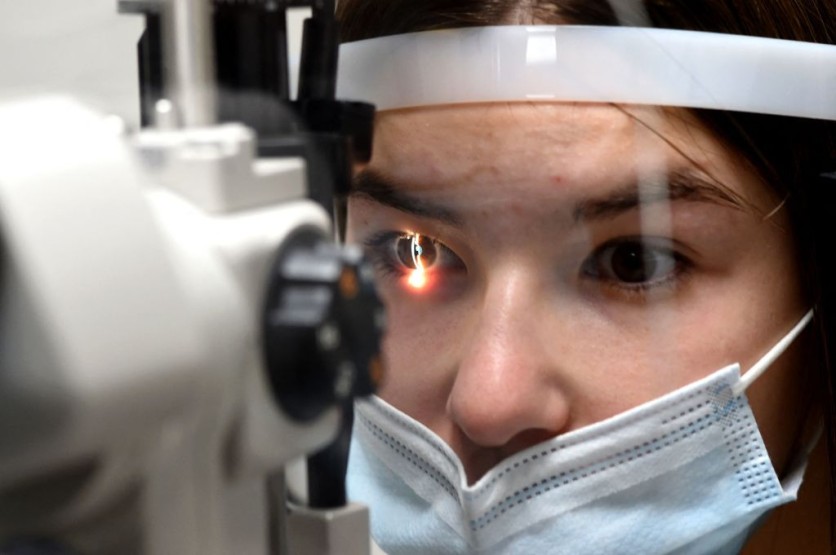A new discovery has led to a non-invasive electrical stimulation of the eye surface that can treat neuropsychiatric diseases, as reported by MedicalXpress. The research team was done by LKS Faculty of Medicine, The University of Hong Kong (HKUMed), and City University of Hong Kong (CityU).

The non-invasive stimulation of the corneal surge of the eye, which is responsible for activating brain pathways, has resulted in antidepressant-like effects and reduced stress hormones in an animal model. It also showed the research team that it induced the expression of genes related to the development and growth of brain cells in the hippocampus.
Other research members from HKUMed also tried if the approach could be used to treat Alzheimer's and found that it improved memory performance and reduced beta-amyloid deposits in the hippocampus in mice.
Initially, this electrical stimulation is used for eye diseases. However, the research team is hopeful that if this is applied to neuropsychiatric diseases, it will be a significant scientific breakthrough.
The research team is a step closer to achieving that breakthrough; their research findings, have paved the path for new therapeutic opportunities that may lead to the development of novel treatments for patients with depression that is resistant to other treatments and dementia.
Also Read: The Human Eye is Capable of Seeing Infrared Lights: Scientists
Electric Stimulation of the Eye
Scientists have long known that the eye has a direct connection to the brain.
For example, people with retinal degeneration experience visual hallucinations and elevated emotionality. Moreover, researchers have also found that electrical stimulation of the cornea, one of the layers of the eye, induces a characteristic brain activation pattern, which resembles the pattern seen during deep brain stimulation.
The research team assessed the antidepressant-like effects and explored the underlying mechanisms of the eye-brain pathway.
For many years, scientists have tried to understand how the eye communicates with the brain, and especially how it can affect the body.
In the past decades, studies have shown that the cornea can detect light and convert it into electrochemical impulses that travel to the brain. Electrodes have been placed on the cornea, but this is invasive and can be painful during surgery. The cornea is a highly sensitive, delicate part of the eye.
There are more than 86 billion nerve cells in the brain, and they are one of the most complex systems. The firing of electrical pulses of the brain is necessary for normal brain functions and is crucial for normal mood regulation.
If these electrical pulses of the brain are disrupted, or the brain is not properly communicating with the rest of the body, it can result in depression, anxiety, insomnia, and stress. Hence, this is the reason the research team is trying to figure out how to stimulate the cornea to influence the brain.
Read also: Eye Disease Treatment and Prevention Through Smart LED Contact Lenses: How Effective Is It?
This article is owned by TechTimes
Written by April Fowell
ⓒ 2025 TECHTIMES.com All rights reserved. Do not reproduce without permission.




